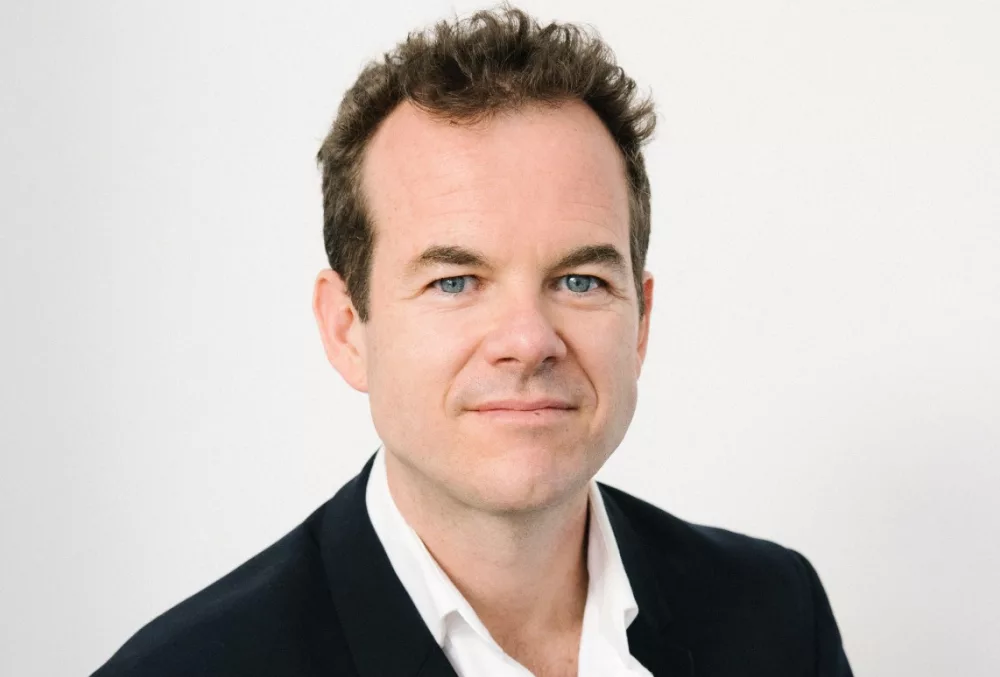In June 2023, two of the UK’s mobile networks operators (MNOs) Vodafone and Three announced they had struck a deal on a proposed merger that would combine their operations. The deal would mean that the number of mobile network operators in the UK would decrease from four to three, but conversely would also create the biggest single mobile network. Here, Hamish White, CEO of telecoms software provider Mobilise, explains how the merger could affect the UK’s mobile market.
This isn’t the first we’ve heard of a proposed merger the two MNOs confirmed they were in discussions back in 2022. The merger would see Vodafone holding 51% of the business deal and Three UK holding the remaining 49%. It would give them a combined customer base of 27 million, a market share that surpasses that of current leader, Virgin Media O2.
Why merge?
The MNOs have tied their proposed merger to the UK government’s 5G strategy. In a joint press release announcing the merger, they state that the combination will cover more than 99% of the UK population with its 5G standalone network by 2034, offering a superior experience for consumers. They also commit to supporting those that are underprivileged with social tariffs and have pledged to help six million people overcome the digital divide by 2025.
But there’s more to it than just supporting the government’s 5G ambitions, and this positioning is likely an attempt to appease the Competition and Markets Authority (CMA) to approve the proposed merger. Vodafone has been under pressure over the past few years to improve its performance as documented by a significant drop in share price and an increasing net debt figure, as well as the announcement of 11,000 job cuts in May 2023.
While the merger seems to be beneficial, it’s far from approved yet. And it’s a process that could take as long as 18 months, with approval from the CMA not a given.
How likely is approval?

It’s clear Vodafone and Three are using 5G as the key driver for the regulators to approve their proposition. But it will be a challenge to convince the CMA, especially with recent data from Uswitch, which does not provide any compelling case that 5G delivers any value to consumers, due to 4G being more than sufficient from most consumer telecoms needs. Less than half of 5G users in the UK say they have experienced improvements in speed or reliability. It’s also proving challenging to show any value of 5G to operators too, due to the fact that investment is heavy and return on investment elusive.
But this doesn’t necessarily mean that regulators won’t buy it. In the UK, BT and EE merged back in 2016, and Virgin Media and O2 in 2021. There’s an argument that if these operators have been allowed to merge, so will Vodafone and Three. If they don’t, the concern is that they’ll be unable to compete with such their large, merged competitors. Merging gives them both the scale and footprint to effectively compete. And with an evenly matched competitor on the market, it’s likely to result in greater competition and ultimately cost savings for consumers on any of the three MNO networks.
Industry impact
So, if it is to go ahead, how would this merger impact industry, consumers, and the businesses? At this stage a lot is unknown. From a brand perspective, the two have fairly different voices, with Vodafone taking a more corporate, business-oriented angle and Three focusing on appealing to the younger generations and offering attractive data packages. If the two are to merge, how will these combine? Or will they take on a new market position?
It’s also worth considering how the merger would affect the spectrum split. These combined entities hold a large portion of the spectrum in key bands as much as 49% of all licensed bands, according to Ofcom‘s latest data. Spectrum is essential and MNOs must balance the spectrum holdings to provide coverage, capacity and meet demands for different services and locations across all networks. A spectrum review may be required to ensure that the proposed merger doesn’t result in the combined entity dominating certain bands.

There’s also the question of how this will affect network sharing agreements. Mobile Broadband Network Limited (MBNL) is a 50-50 joint venture between EE and Three UK, and Cornerstone Telecommunications Infrastructure Limited (CTIL) is a 50-50 joint venture between O2 and Vodafone. If the merger goes ahead, will Three be able to use CTIL’s infrastructure and Vodafone MBNL’s? It will be interesting to consider how this will play out, as if one operator is involved in both UK sharing network agreements, this could have a negative impact on competition.
The Vodafone Three merger will most likely go ahead, although its form is undoubtedly going to change. While there may be consumer benefits from a larger 5G network, there’s certainly more than a few concerns around how it might impact the market. The decision lies in the hands of the CMA, who will make it known over the next few weeks, months or even maybe years.
The author is Hamish White is the CEO of telecom software as a service (SaaS) provider Mobilise.
Comment on this article below or via Twitter: @VanillaPlus OR @jcvplus






